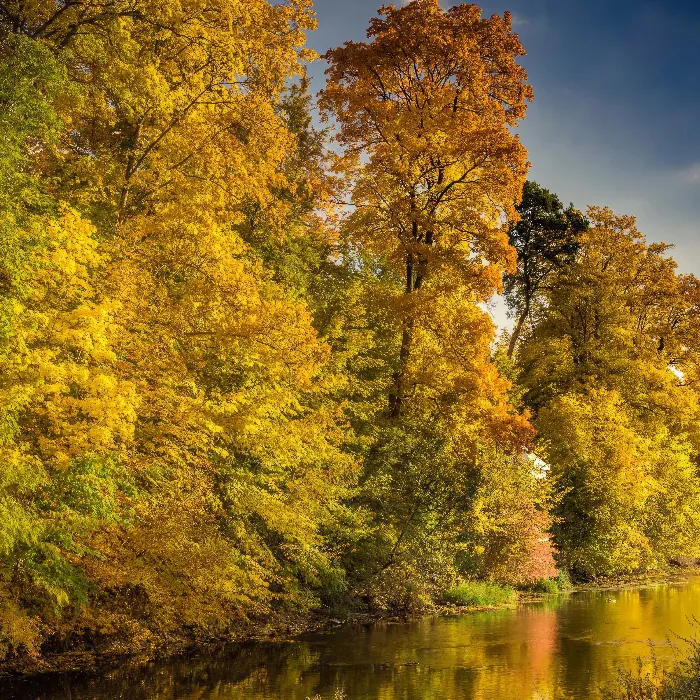The beauty of autumn often lies in the small details. If you want to efficiently capture this abundance of details in your images, the choice of the right equipment and suitable techniques is crucial. In this tutorial, you will learn how to capture impressive autumn motifs with a prime lens and a creative approach.
Key insights
- Use a prime lens to create a blurry background and focus on details.
- Vary the aperture to achieve different depth-of-field effects.
- Experiment with light and shadow for impressive effects.
- Be ready to respond spontaneously to conditions like fog to create creative effects.
Step-by-Step Guide
Change lens and set aperture
To highlight the exciting details of autumn in landscape photography, switch to a 50mm lens with an aperture of 1.4. This setting allows you to create an extremely blurred background, bringing the sharp areas of the image more to the foreground. This way, you can capture the emotions in the small details.
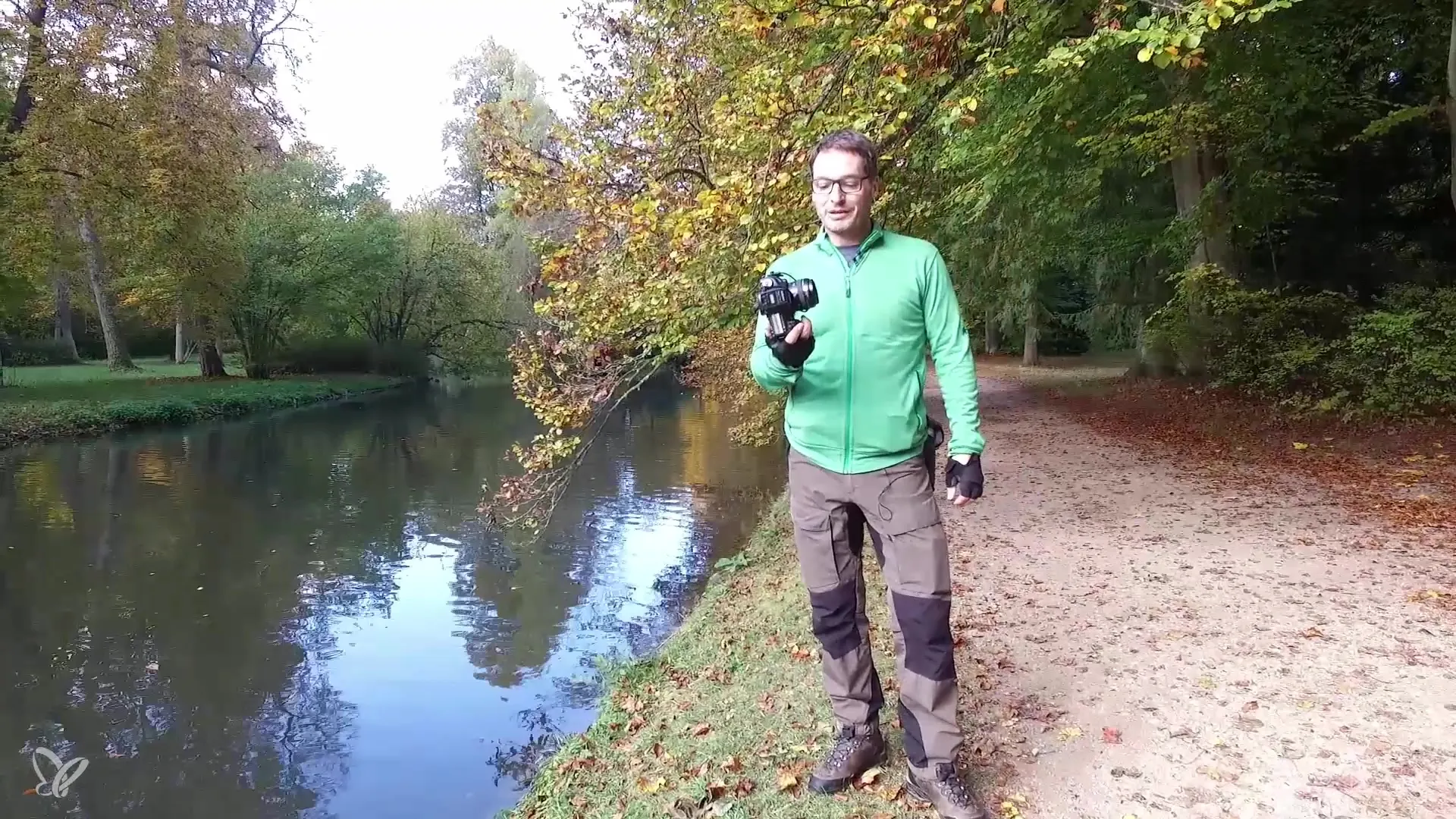
Focus on details
Start exploring the details of nature. Look for special elements such as a branch or colorful leaves that are perfect for close-ups. The shallow depth of field helps you show what is important in the image while the background harmoniously blurs. This technique is particularly effective in capturing the autumn colors and making the image appear lively.
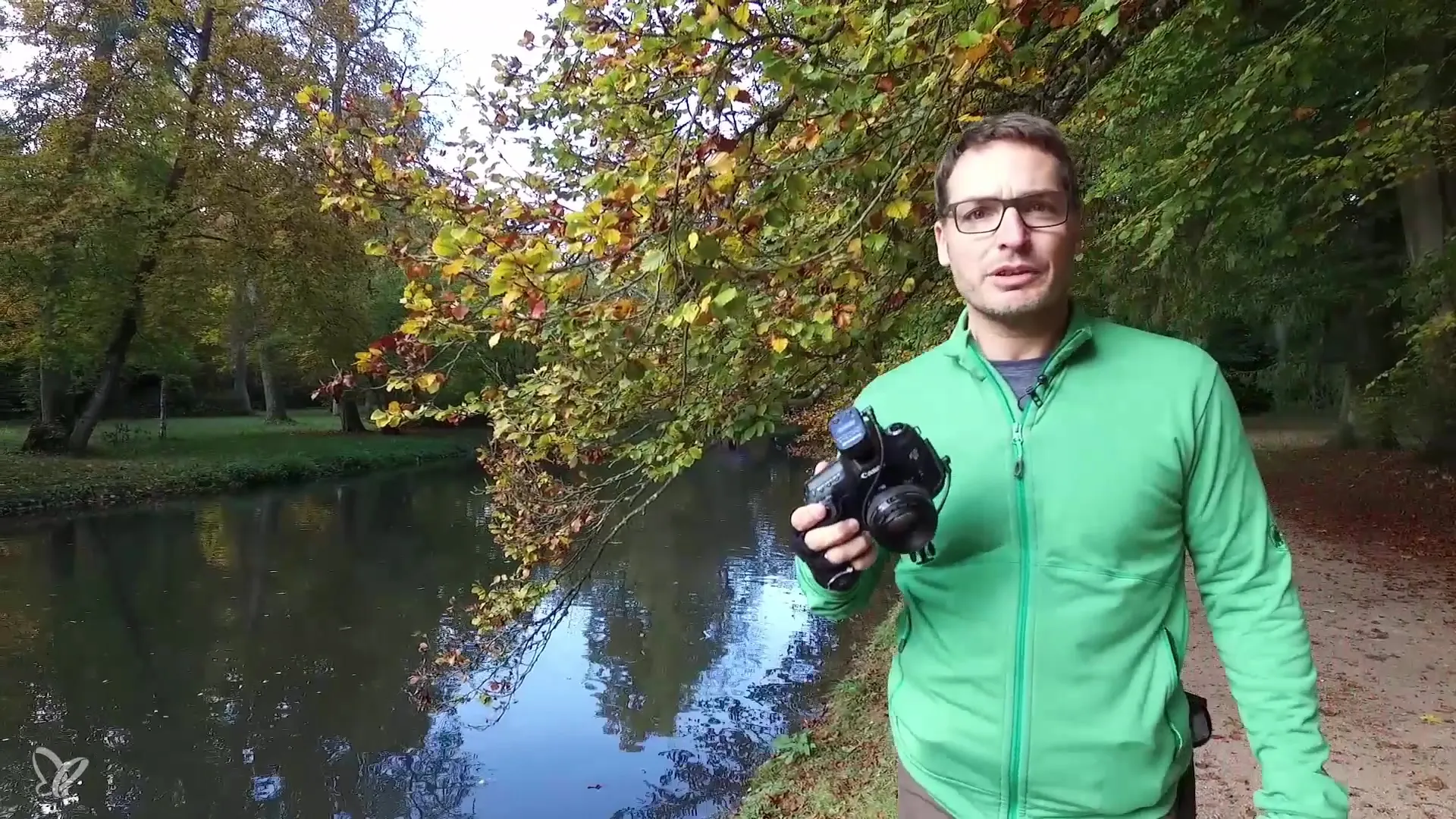
Image composition and color gradients
Choose an interesting image composition by swinging a branch to the center of the image and keeping only these details sharp. By using the aperture, you can capture different color gradients in the background. Include other natural elements like nuts or seeds in the composition to showcase variety and enhance the harmonious transitions of colors.
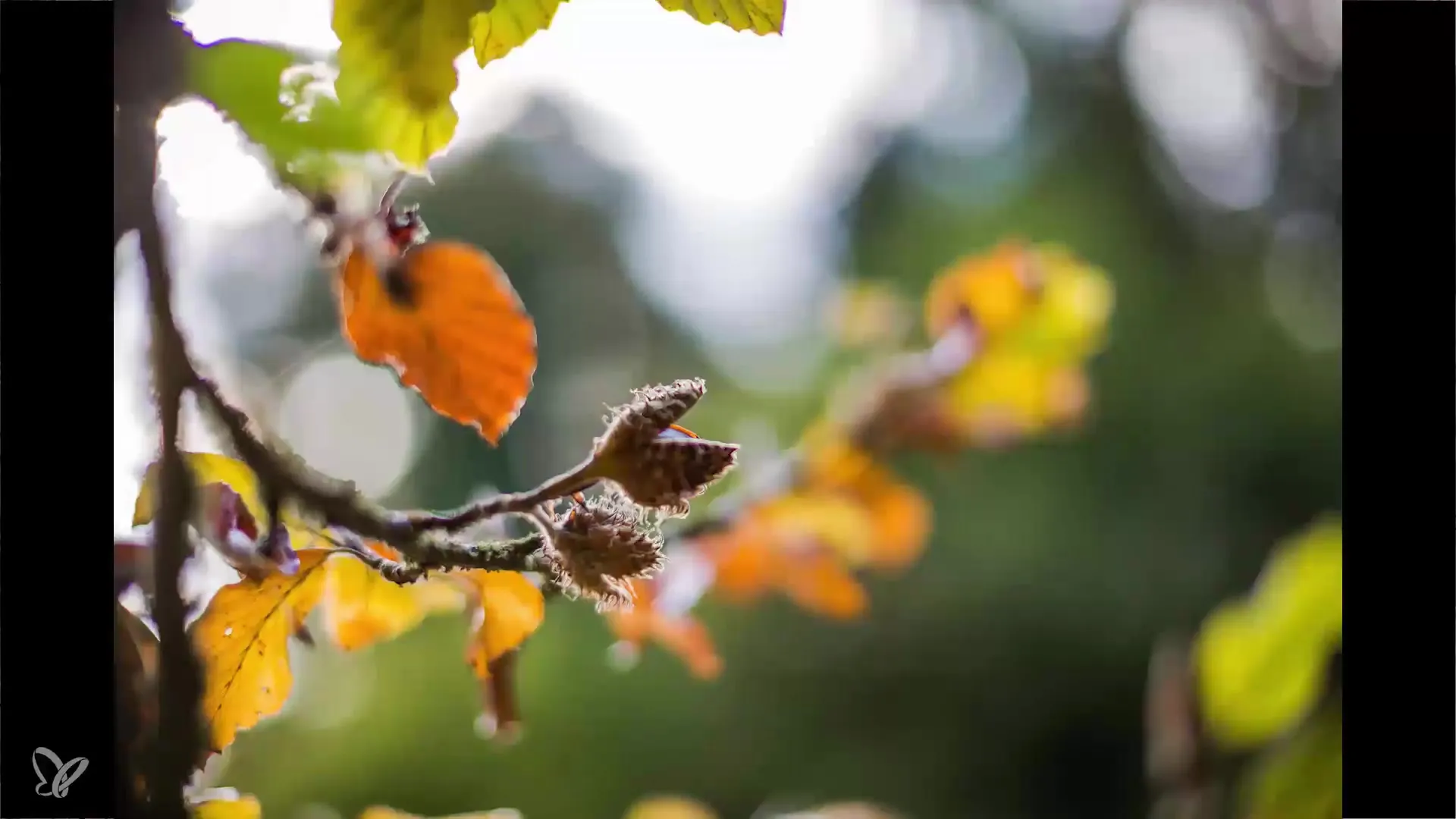
Play with exposure
Pay attention to how light affects your subject. When the sun shines, shiny effects can occur on the leaves. You can also try photographing against the sun, with a leaf blocking the sun. This approach gives you the chance to create a glowing image that intensifies the colors of the subject.
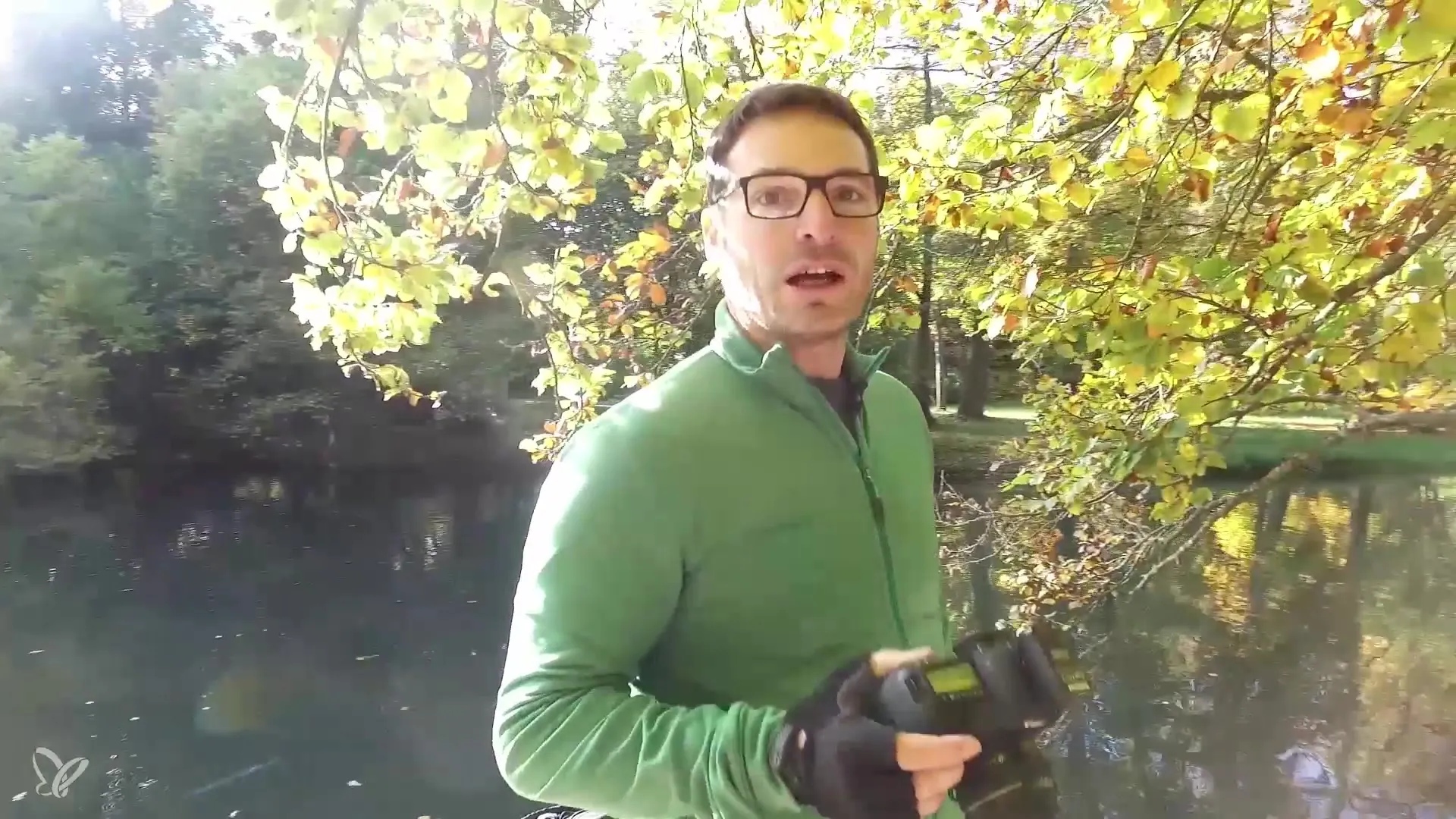
Adjust exposure time
If your camera's exposure time is extremely short, you may need to increase the aperture to avoid excessive brightness. Setting the aperture to 2.0 gives you more control over the light in the image and allows you to find a pleasant balance between light and shadow. Make sure the background stays dark to make the highlighted leaves in the foreground appear radiant.
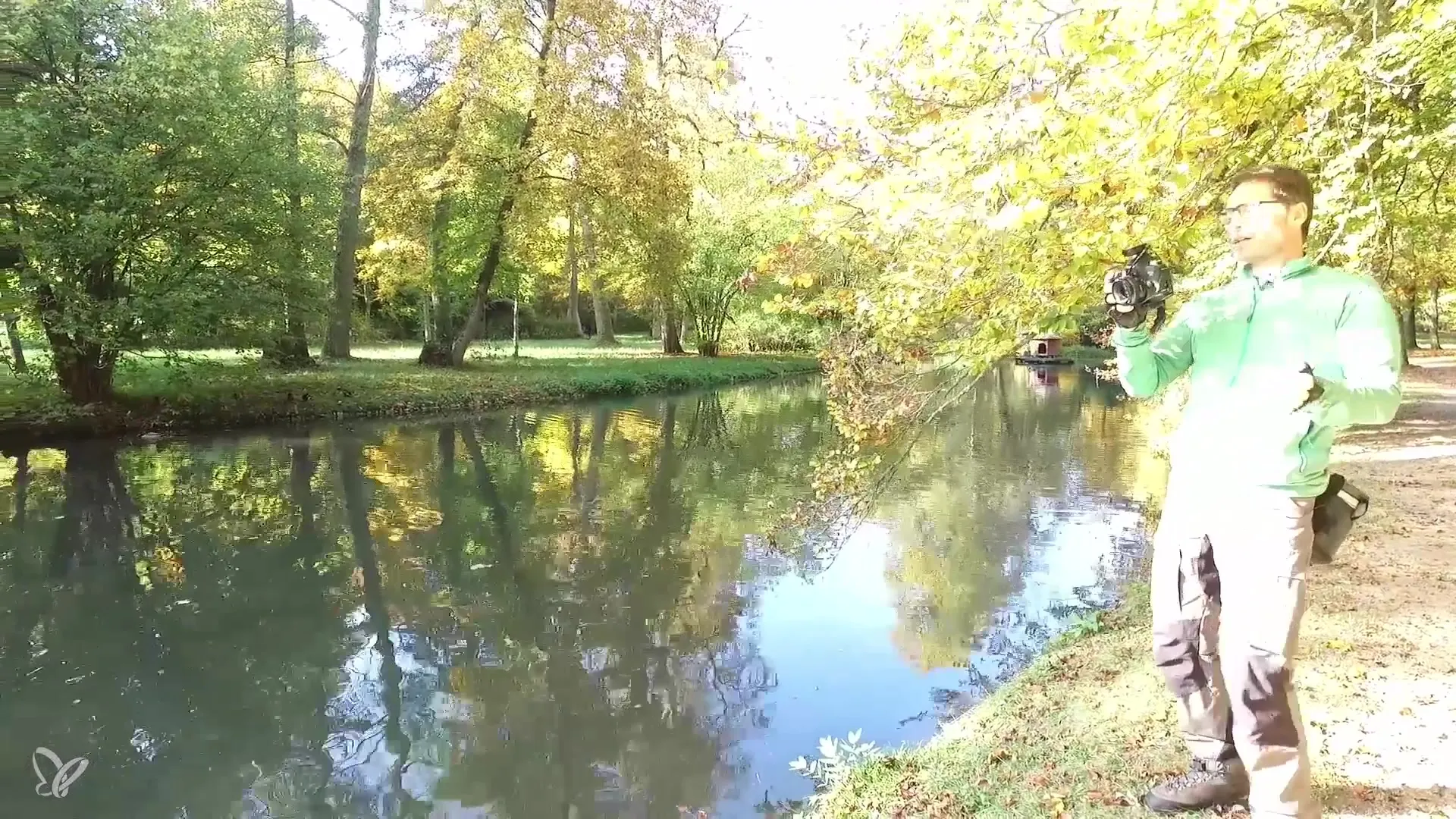
Creative use of fog
If you're out in nature with a colleague and they create places with steam, you can take advantage of this opportunity. Fog combined with sun rays can create beautiful, mystical autumn images. While focusing your camera on the leaves, let the steam flow through the scene and capture the atmosphere.
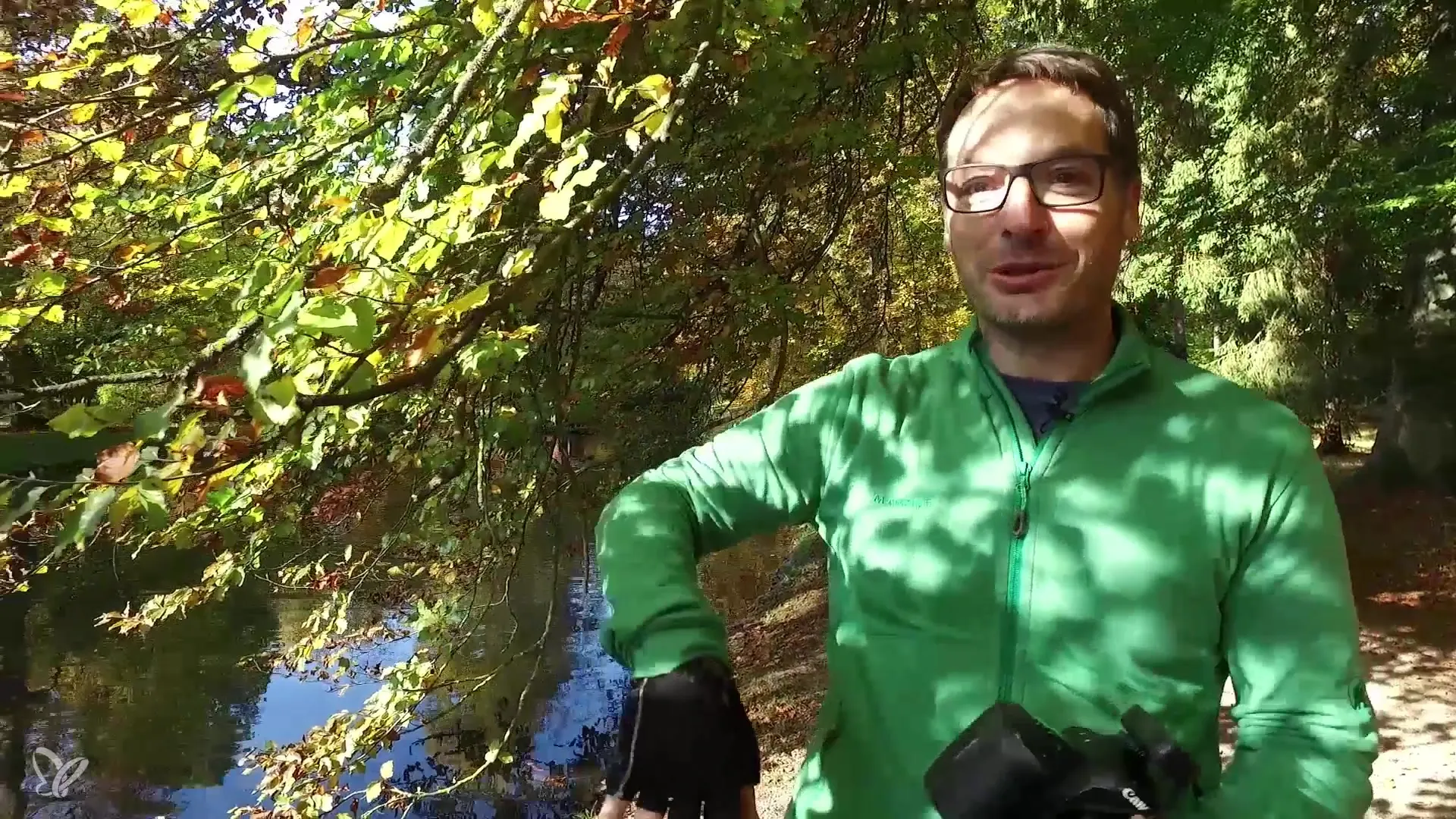
Summary - Photographing autumn details for creative shots
By using a prime lens and clever techniques, you can capture the small but fine details of autumn. Experiment with aperture, light, and image composition to create impressive photographs that reflect the colorful essence of this season. Be creative, flexible, and let nature inspire you!
Frequently Asked Questions
How important is the aperture for sharpness in the image?The aperture determines the depth of field of the image. A small aperture results in a blurry background, while a larger one provides more depth of field.
What lens is best for detail photography in autumn?A 50mm lens with a large aperture, such as 1.4, is ideal for capturing small details with a blurry background.
How can I incorporate fog into my photos?If your colleague creates steam, this fog can produce creative and mystical effects, giving your images a special touch.
Why is it important to play with light and shadow?Through light and shadow, you can highlight the colors and textures of your subjects and create images with more depth and emotion.
